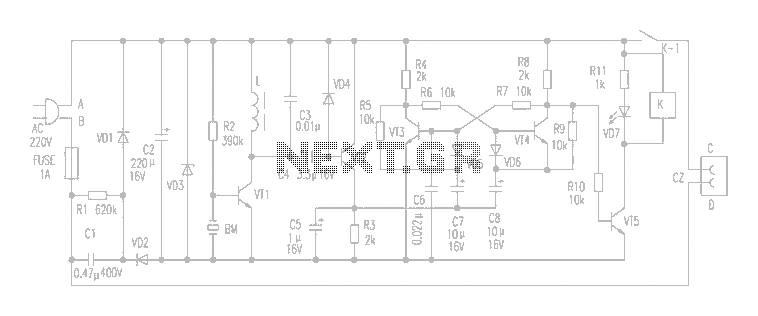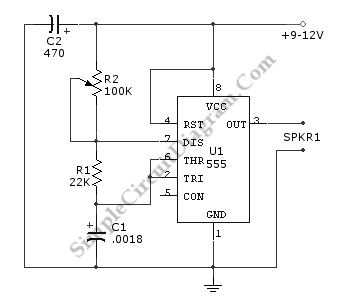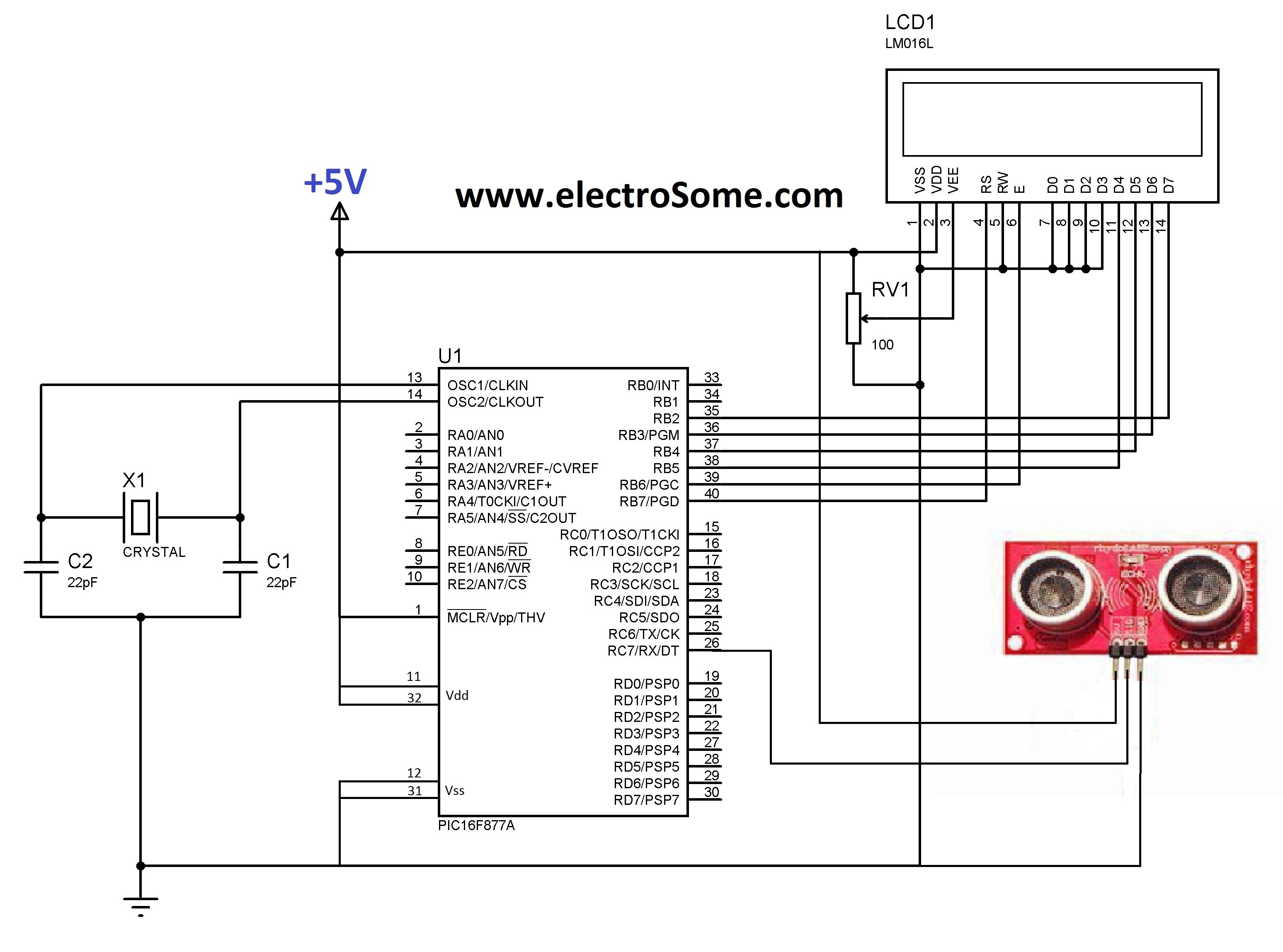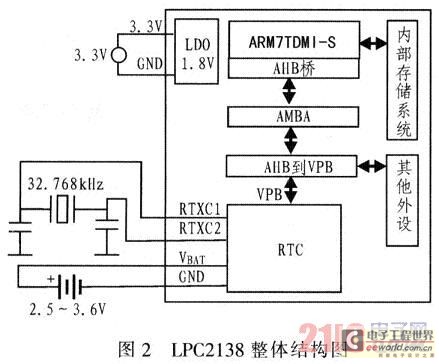
Ultrasonic Pest Repeller
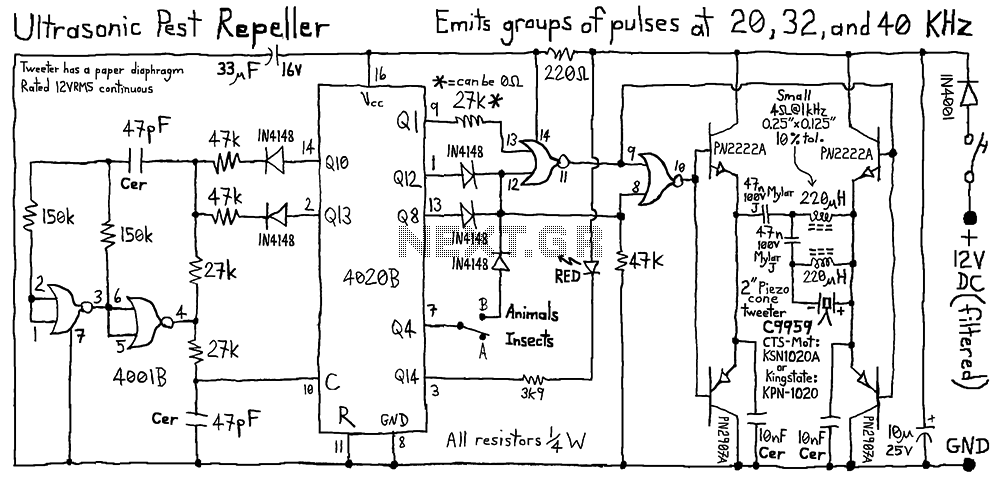
A higher-end version of the same device, featuring additional user-selectable settings to enable both audible and ultrasonic output, enhancing its effectiveness against animals.
The described device is an advanced electronic system designed to produce sound waves at both audible and ultrasonic frequencies. This dual-frequency capability allows for a broader range of applications, particularly in animal deterrence. The audible output can be used to alert or scare away animals within a certain range, while the ultrasonic output, which is typically above the hearing range of humans but detectable by various animals, can provide an additional layer of deterrence.
The circuit may include a microcontroller to manage the user-selectable settings, allowing users to customize the output frequency and volume based on specific needs or environmental conditions. The microcontroller interfaces with a digital-to-analog converter (DAC) to generate the desired sound frequencies accurately.
For the audible output, a speaker or piezoelectric transducer can be employed, capable of producing sound in the range of 20 Hz to 20 kHz. The ultrasonic output can be generated using a specialized ultrasonic transducer, which operates effectively in the range of 20 kHz to 65 kHz, depending on the design specifications.
Power management is crucial for this device, especially if it is intended for outdoor use. A battery management system may be integrated to ensure longevity and efficiency, allowing for solar charging options or rechargeable batteries.
User interface components, such as buttons or a touchscreen, can be included to facilitate easy selection of settings. Additionally, an LED indicator may be used to provide visual feedback on the current operational mode or battery status.
Overall, this higher-end device represents a sophisticated solution for animal control, combining advanced technology with user-friendly features to maximize effectiveness in various environments.A higher end version of the same thing, with a few extra user selectable settings to allow audible as well as ultrasonic output so it can be more effective against animals: 🔗 External reference
The described device is an advanced electronic system designed to produce sound waves at both audible and ultrasonic frequencies. This dual-frequency capability allows for a broader range of applications, particularly in animal deterrence. The audible output can be used to alert or scare away animals within a certain range, while the ultrasonic output, which is typically above the hearing range of humans but detectable by various animals, can provide an additional layer of deterrence.
The circuit may include a microcontroller to manage the user-selectable settings, allowing users to customize the output frequency and volume based on specific needs or environmental conditions. The microcontroller interfaces with a digital-to-analog converter (DAC) to generate the desired sound frequencies accurately.
For the audible output, a speaker or piezoelectric transducer can be employed, capable of producing sound in the range of 20 Hz to 20 kHz. The ultrasonic output can be generated using a specialized ultrasonic transducer, which operates effectively in the range of 20 kHz to 65 kHz, depending on the design specifications.
Power management is crucial for this device, especially if it is intended for outdoor use. A battery management system may be integrated to ensure longevity and efficiency, allowing for solar charging options or rechargeable batteries.
User interface components, such as buttons or a touchscreen, can be included to facilitate easy selection of settings. Additionally, an LED indicator may be used to provide visual feedback on the current operational mode or battery status.
Overall, this higher-end device represents a sophisticated solution for animal control, combining advanced technology with user-friendly features to maximize effectiveness in various environments.A higher end version of the same thing, with a few extra user selectable settings to allow audible as well as ultrasonic output so it can be more effective against animals: 🔗 External reference

